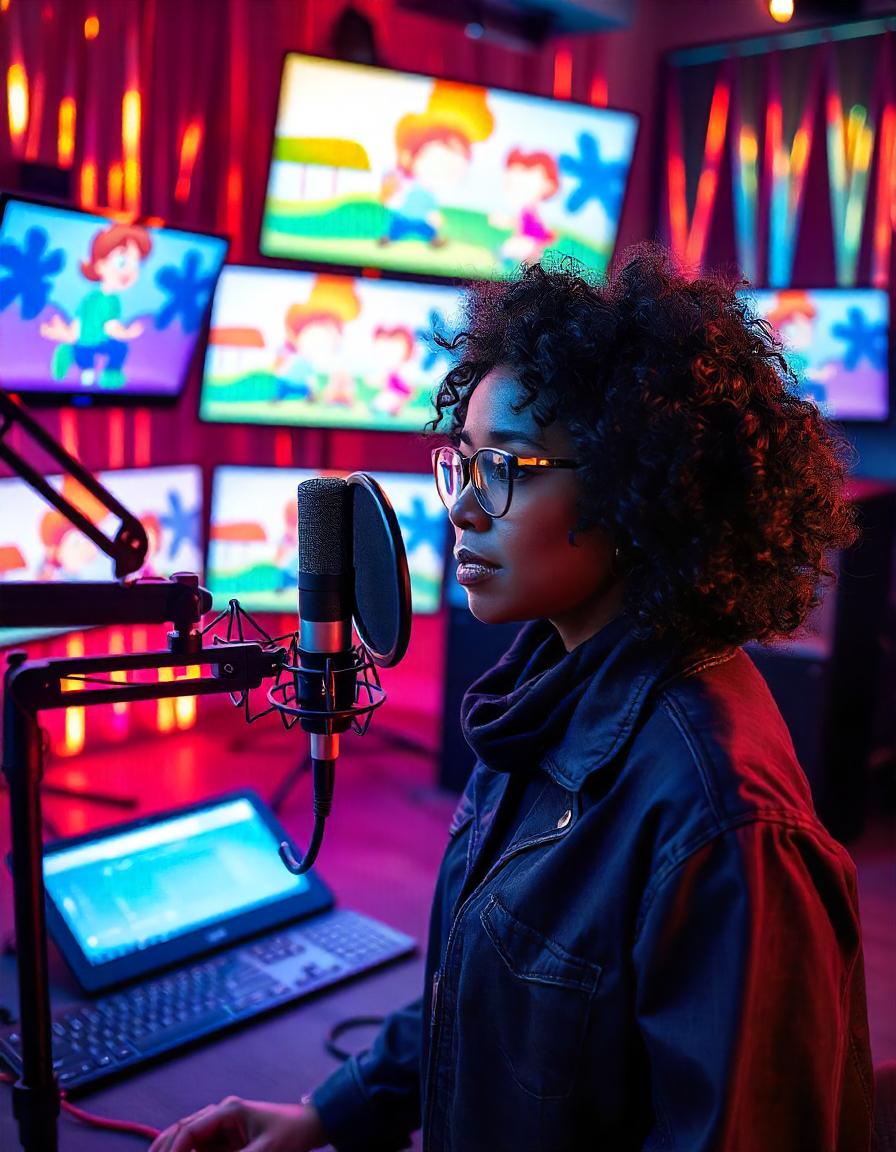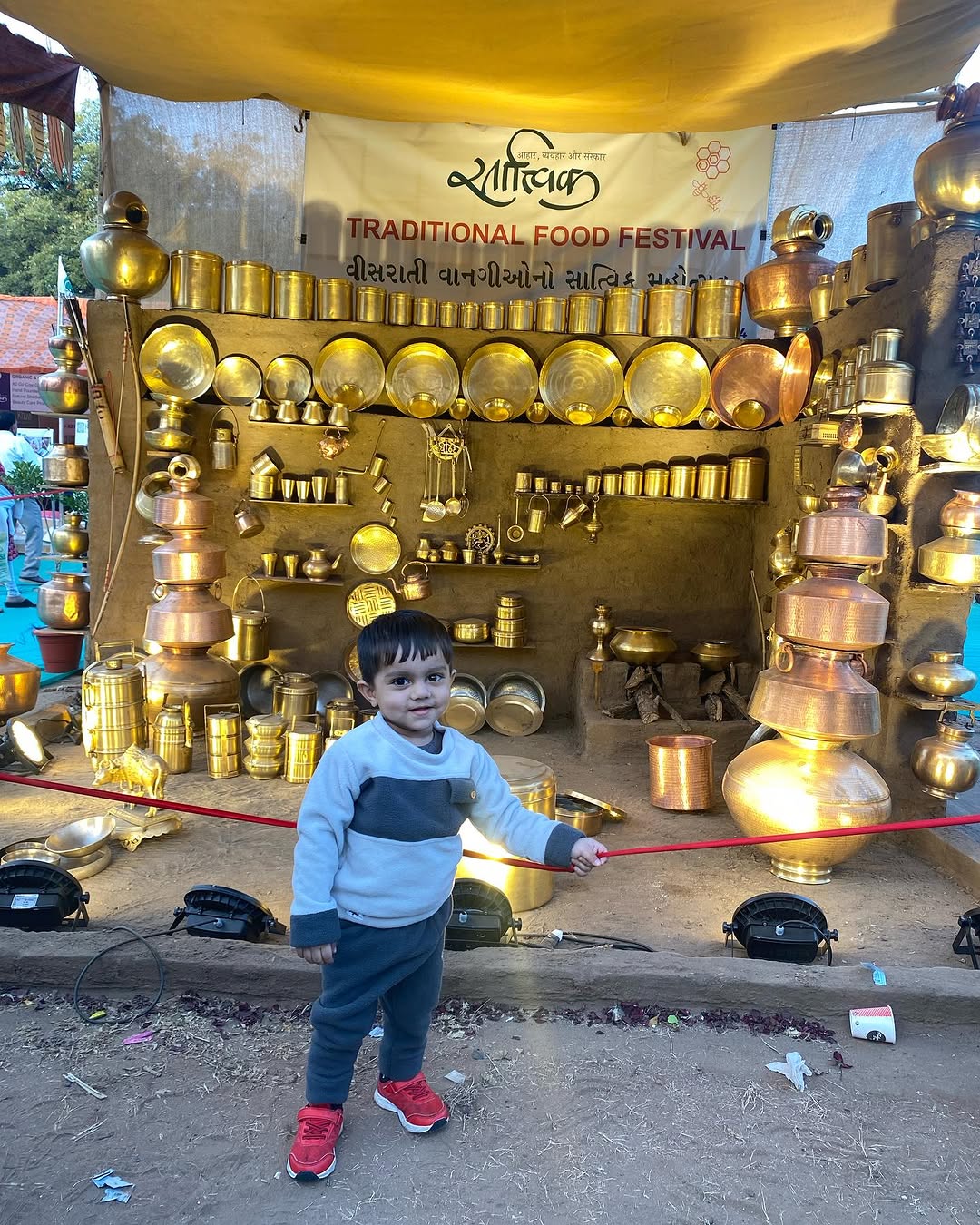By :- SHIVANI RAJUT
protagonist, audiobook narrator, or even commercial mascot is a voice actor whose skill turns mere dialogue into an engaging experience. Far from being limited to simply reading lines, voice acting involves a dynamic blend of artistry, technique, and emotional intelligence. It is a unique profession that bridges storytelling and sound, captivating audiences across the globe.
India’s voice acting landscape has evolved into a robust industry, with talented individuals contributing to its diverse and growing media platforms. From Bollywood’s animated features to regional language projects and global collaborations, India is home to countless voice actors who enrich storytelling through their performances. Yet, many of these artists remain invisible, working behind the scenes while their voices become iconic. This article explores the art, technicalities, and challenges of voice acting, with a focus on India’s contribution to this field, especially in Gujarat.
The Art of Developing Character Voices
At the heart of voice acting lies the ability to turn imagination into sound. This process demands more than mimicking accents or tonal variations—it is about forging an emotional and authentic connection with the character.
Creating Unique Character Voices
Voice actors begin by exploring their vocal range, experimenting with pitches, tones, and rhythms to craft unique personas for their characters. This exploration often takes them far outside their natural speech patterns, allowing them to create voices that are memorable and distinct. For instance, a protagonist may require a warm, confident tone, while a mischievous sidekick might call for a higher-pitched, playful delivery.
Beyond technical adjustments, emotional depth plays a critical role in crafting character voices. Voice actors use vocal modulation to convey complex emotions—joy, sorrow, anger, fear, and more—ensuring that the audience feels connected to the characters. This emotional authenticity elevates the storytelling experience, making the performance more relatable and impactful.
Understanding the Character’s Essence
To deliver a compelling voice performance, actors immerse themselves in the character’s world. They study the character’s backstory, motivations, personality traits, and relationships with others in the story. For example, a reserved and intellectual character might have a measured, deliberate speech pattern, while an impulsive and hot-headed character might speak rapidly and with exaggerated intonation. By aligning their voice with these nuances, actors create performances that feel genuine and integral to the narrative.

The Technical Side of Voice Acting
While creativity and emotion are the soul of voice acting, technical expertise serves as its foundation. A successful voice actor must master various skills to deliver consistent, precise, and adaptable performances.
Mastery of Accents and Speech Patterns
One of the hallmarks of a great voice actor is their ability to adopt accents and speech patterns that reflect the character’s cultural or geographical background. For instance, a character from rural Gujarat may speak with distinct regional inflections, while an aristocratic figure may demand polished, clipped speech. Mastering these details adds authenticity and depth to the performance, enriching the audience’s experience.
Incorporating Physical Gestures
Even in a medium that relies solely on sound, physicality plays a significant role in voice acting. Many actors incorporate facial expressions, gestures, and body language into their process. These movements help channel energy and emotion into their voice, ensuring that the delivery feels dynamic and expressive. A simple action like furrowing one’s brow can influence the tone of a voice, adding layers of meaning to the performance.
Maintaining Consistency
Consistency is critical in voice acting, especially for long-term projects like animated series or video games. Once a character’s voice is established, the actor must maintain that vocal profile throughout the project. This consistency ensures continuity and reinforces the audience’s connection to the character. Achieving this requires immense discipline, focus, and attention to detail.
Technology and Innovation in Voice Acting
Voice acting has always been a creative discipline, but technological advancements have significantly expanded its possibilities. Tools like artificial intelligence (AI) and voice synthesis are reshaping the field, offering new opportunities for both creators and audiences.
AI and Voice Synthesis
AI-powered voice generation tools can now create highly realistic and customizable voices.
These technologies are particularly useful in industries like video games, e-learning, and virtual reality, where personalized character voices enhance user engagement. For example, AI-generated voices can provide multilingual support for global audiences, making content accessible to diverse demographics. However, while these advancements are impressive, they cannot replicate the emotional intelligence and authenticity that human voice actors bring to their work. Subtle inflections, imperfections, and emotional nuance remain the hallmark of human performances, ensuring that audiences form a genuine connection with the characters.
New Avenues for Storytelling
Technology has also opened up new storytelling avenues for voice actors. Podcasts, audiobooks, and interactive media platforms have created demand for talented performers who can engage audiences with their voice alone. These mediums rely heavily on the actor’s ability to evoke vivid imagery and emotion through sound, making voice acting an even more critical component of modern storytelling.
India’s Growing Voice Acting Industry
India’s voice acting industry has flourished in recent years, fueled by the expansion of digital media, animation, and gaming. Indian voice actors have gained recognition for their work in films, TV shows, video games, and international collaborations, showcasing the country’s immense talent pool.
Recognition for Voice Artists: Overcoming Challenges Despite their contributions, voice actors often remain invisible to the public eye, overshadowed by the on-screen performers they help bring to life. While their voices resonate deeply with audiences and become synonymous with beloved characters, few stop to consider the individuals behind those voices. This lack of recognition remains one of the greatest challenges faced by voice actors.
Unlike on-screen actors, who enjoy visibility and fame, voice actors work entirely behind the scenes. Yet their work is integral to the storytelling process. The voice of a narrator sets the tone for an entire story, a villain’s growl elicits fear, and a protagonist’s speech inspires hope.
These performances remain etched in audiences’ minds long after the story ends, but the artists themselves often remain unknown.
This issue is particularly pronounced in India, where the voice acting industry is still gaining prominence. Even household voices, such as Atul Kapoor’s iconic narration for Bigg Boss, are more recognized for their roles than for the artists behind them.

Why Recognition Matters?
1. Raising Awareness: Celebrating the work of voice artists highlights their vital role in the entertainment industry, helping audiences appreciate the effort, skill, and dedication behind their craft.
2. Encouraging Aspiring Talent: Greater visibility for voice artists can inspire aspiring performers to explore this field, broadening the talent pool in India and fostering growth in the industry.
3. Improving Industry Standards: Public recognition can lead to better opportunities, fair compensation, and professional support for voice actors, ensuring their contributions are valued equally with on-screen performers.
How to Celebrate Voice Artists !
Media Campaigns: Behind-the-scenes content, interviews, and documentaries can educate audiences about the art of voice acting.
Award Shows: Dedicated categories in awards ceremonies for voice acting excellence can shine a spotlight on their contributions.
Social Media Spotlights: Platforms like YouTube, Instagram, and LinkedIn can provide voice artists with opportunities to showcase their work and connect with fans. By celebrating voice artists and their talent, we can ensure their work is no longer overlooked. Their voices, though behind the scenes, are the true magic that brings storytelling to life.
- Conclusion: Celebrating the Magic of Voice Acting Voice acting is a blend of artistry, technique, and emotional depth that makes storytelling come alive. While India’s voice acting industry is growing, greater recognition for these behind-the-scenes heroes is essential. Their voices bring characters to life, creating experiences that resonate long after the story ends. It’s time to celebrate their contributions and recognize voice acting as a vital and irreplaceable part of storytelling.




